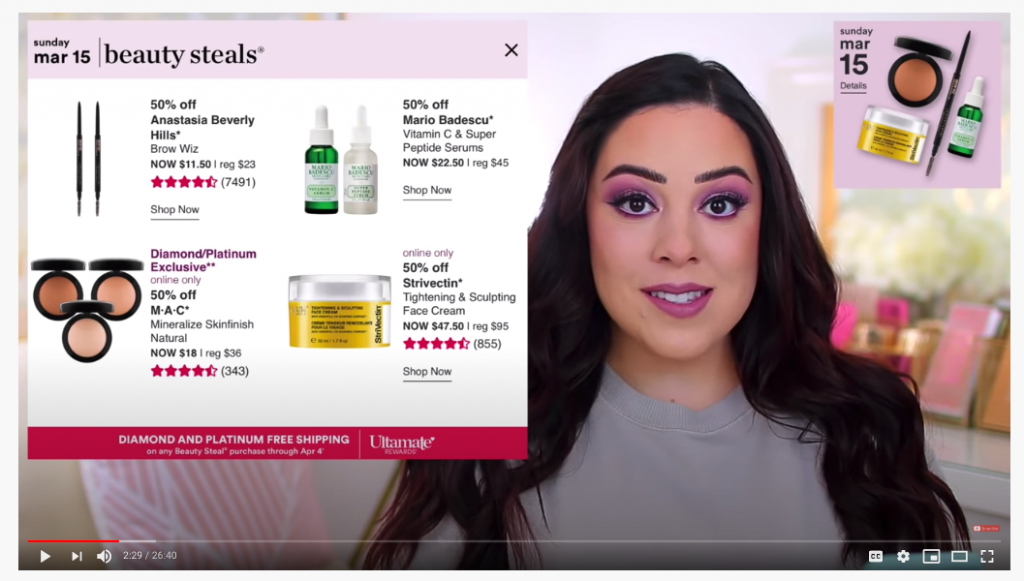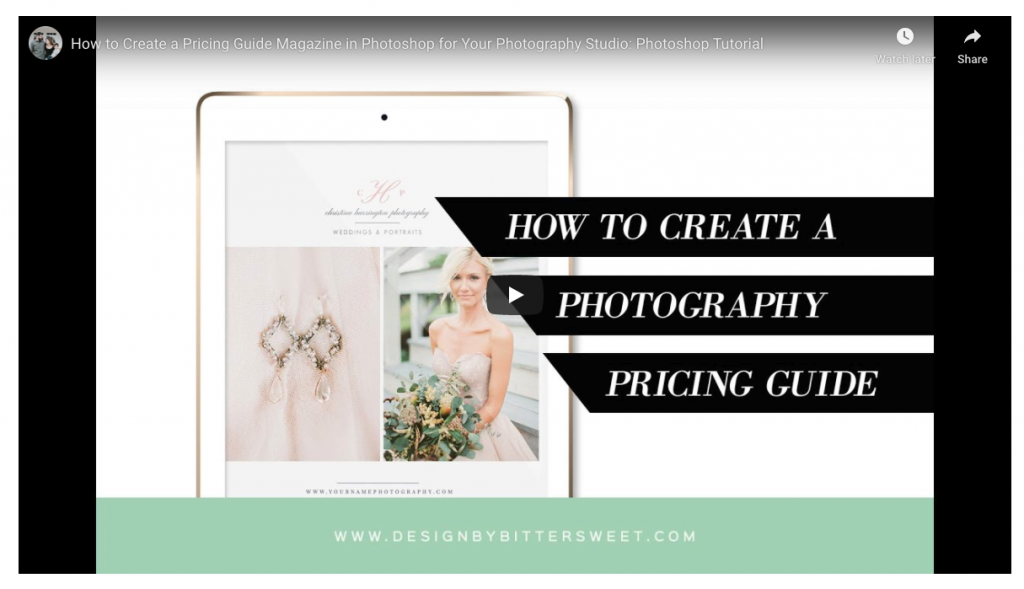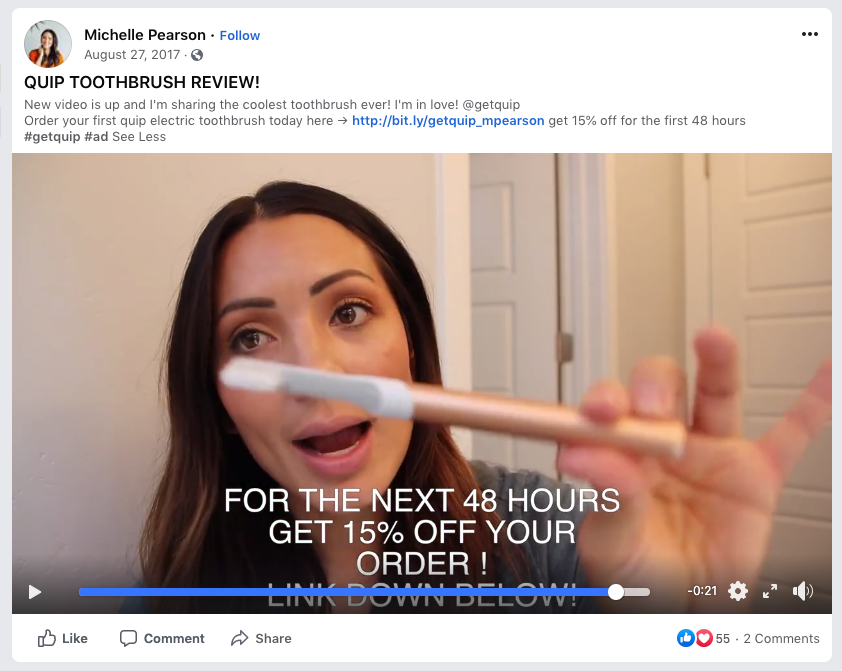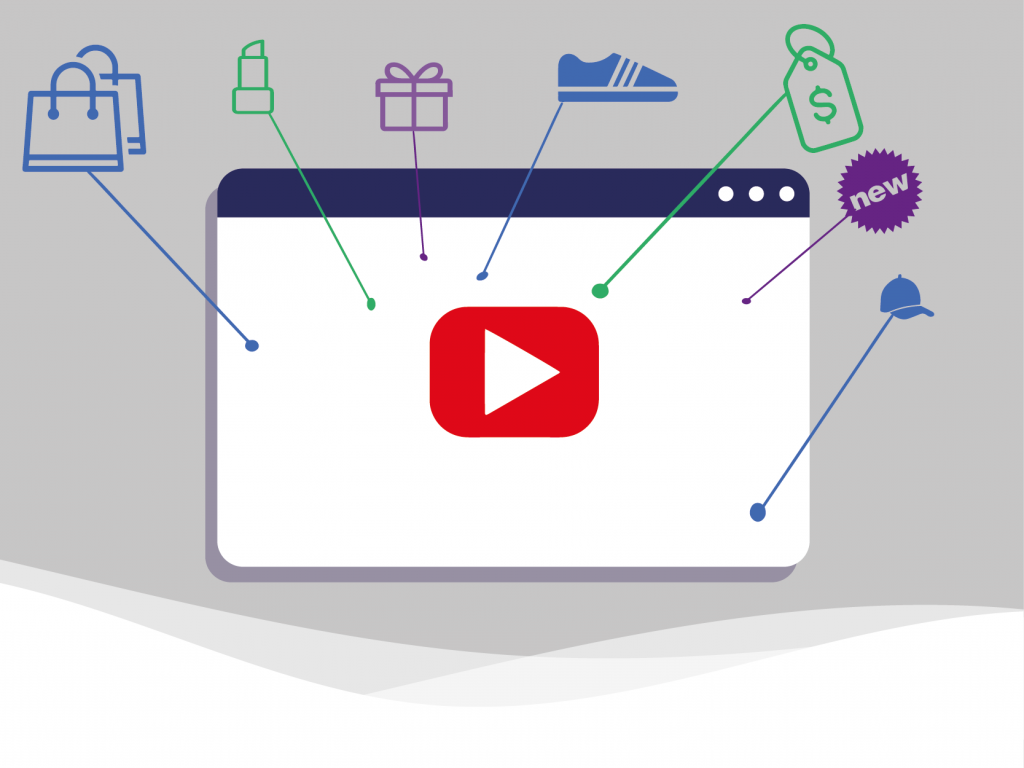How to Use Video for Affiliate Marketing
Largely thanks to social media, video content has surged in popularity over the last few years with 85% of all internet users in the United States watching online video content on a regular basis.
With audiences watching more video content than ever before, video is taking the place of traditional marketing tactics we’ve become accustomed to. Video has emerged to be an effective and powerful way to inform, entertain, and engage customers regardless of your business, industry, or audience.
That said, video is now must-have content for any marketing strategy — including affiliate marketing.
In this article, we’ll explain how to use video for affiliate marketing. This includes the benefits of using video, the different types of video content, where to promote this content, and tips for getting started.
What is affiliate marketing?
Affiliate marketing is a marketing strategy involving individuals promoting your business and referring potential customers in exchange for a commission.
There are two sides to affiliate marketing: affiliates and the brands.
Affiliates
Affiliates can be existing customers, bloggers, influencers, industry experts, etc. They will promote your business using referral links and discount codes to send traffic to your site. They earn a commission if their referrals become paying customers.
Brands
Brands will use affiliate marketing to promote their products and services. This includes managing their affiliate program, providing affiliates with tracking links to their site, and paying commissions.
Let’s use the beauty industry as an example of how affiliate marketing works:
A brand selling makeup starts an affiliate program to promote their products. They partner with beauty bloggers and Instagram influencers to become affiliates for their brand.
These affiliates create video content featuring makeup routines and different looks using the brand’s products, then they will include a link to the site where audiences can purchase everything used in their video. Whenever someone uses this link and completes a purchase, the affiliate earns a commission of the sale.
This is a win-win for both the affiliates and brands.
Affiliates are able to earn money from their content creation and promoting products they love. Brands are able to reach targeted audiences using unique, authentic content to promote their products. On top of that, the pay-for-performance model makes it a risk-free, cost-effective marketing strategy.

Benefits of Using Video for Affiliate Marketing
As we said before, video is growing in popularity and is now one of the most effective ways for businesses to reach their target audiences.
With video becoming the content of choice, there’s plenty of advantages to using video for affiliate marketing efforts. Here’s some of the key benefits:
Expand your Audience
With the growing popularity of video, it’s predicted that 82% of internet traffic will come from video streaming in just a few years. This means that without video your business would miss out on reaching large audiences.
On top of that, people are twice as likely to share video content with their friends than any other type of content which provides another opportunity to reach new audiences.
Create More Engaging Content
Video gives affiliates the opportunity to showcase products and services in a way that text and images cannot. It can show a product in action, tell a story, and entertain audiences. And this type of engaging content is exactly what consumers are looking for, with 96% saying they’ve watched an explainer video to learn more about a product or service.
Improve SEO Efforts
Having video content will help with SEO in a few ways, including: building quality backlinks, increasing click-through rates, and boosting your credibility to search engines.
Next to that, YouTube is the second largest search engine (after Google, it’s parent company) with over 2 billion users.
Reach a Growing Number of Mobile Users
Of all minutes watched on YouTube, 40% is on smartphones. Mobile-friendly video content is an effective way to target the growing number of mobile users, particularly those in the 18-34 year old demographic. Moreover, watching videos on mobile devices is found to have less distractions than watching videos on TV so audiences can zone in on your promotion.

Types of Video Content
Not constrained by text limits or ad space, video content offers a new way to showcase products and services. This could be everything from 10-second viral sensations on TikTok, to million-subscriber videos on YouTube, or even a branded video included in a blog post.
Here are common types of video content that can be used for affiliate promotions.
Promotional Videos
Promotional videos give an overview of the brand — sharing with audiences who they are, what they sell, and how their business can help customers. These videos can include anything from short 2-minute explainer videos, all the way to long-form branded videos that tell the story of the business, their mission, and their values.
Generally, these videos will be created by the brands themselves and shared with the affiliates they’ve partnered with to be used in their promotions.
Tutorials and “How-To”
Tutorial videos show the product in action for audiences to see firsthand. These videos are particularly useful as 90% of people say that product videos are helpful in the buying process.
You’ll typically see these videos titled “How To.”. For example, an affiliate for Adobe could create a video “How to Use Adobe Photoshop” with content that takes audiences step-by-step through the basics of the software.
“How-to” videos are key to standing out, in fact, these videos earn the most attention of any content category on YouTube.
Shopping Haul and Unboxing Videos
Popular on YouTube and among younger generations, these types of videos are excellent promotions for e-commerce brands.
The videos focus around affiliates showing off their new purchase — whether that be by unboxing what arrived in the mail or emptying their bags from a shopping trip. It’s a way to share thoughts and feelings about what they just bought, as if they were talking to a friend or having a fashion show in the living room.
This content can also include information about pricing, discounts, favorability, ease-of-use, etc.
Product Reviews
Affiliates share their experience with a product, giving an in-depth analysis and telling audiences what they loved about it. Like tutorials, these videos are extremely helpful in the buying process. So much so, that 97% of consumers say online reviews impact their purchasing decisions.
This can also include “Best Of” videos where the product is displayed alongside competitors and showcasing the product as one of the best on the market.
Testimonials
Much like product reviews, what your customers have to say matters. Testimonials go a step further, providing insight to not only the product but the overall customer experience.
These videos can cover topics such as:
- Why did you need this product?
- Why did you choose our product over others?
- What results or outcomes did you see?
- How have you benefited?
- Why have you chosen to stay a customer?
Events
Showcase the brand beyond just their products or services. These videos can give insight into the company culture, initiatives, and FOMO-worthy events including:
- New Product launches
- Live-streamed events
- Behind-the-scenes vlogs
- Q&A Sessions
A great example of this comes from the fashion retailer Revolve. Every year, Revolve hosts the insta-worthy event of the year that combines fashion, influencers, and social media. The event is live-streamed and shared across multiple platforms, giving audiences a look into the lifestyle that comes with the Revolve brand.
Holidays and Sales
Highlight specific holiday sales and promotional events. These videos are a great way to generate interest and excitement around the time, and spread awareness on social media.
Popular videos for this include gift guides, wish lists, or what to buy content. For example, beauty bloggers often promote cosmetic retailer Ulta’s 21-Days of Beauty with videos covering what to buy, reviews, and links to the products.

Where to Promote
You’ll want to make sure your video content reaches your target audiences. Much like the versatile types of video content, there’s plenty of places to promote video content.
YouTube
Start with the social channels, primarily YouTube.
As we mentioned before, YouTube’s massive audience makes the platform an ideal starting point. And YouTube is a fitting platform for virtually any type of video content that we listed above.
Along with the video, affiliates can use the platform’s description feature to optimize their promotions — this includes a brief introduction about the video’s content and places the affiliate referral link within the first three lines above the “show more” tab. Additionally, the description should include more in-depth text that strategically uses keywords for SEO.
Additional Social Channels
From there, also consider social sites like Facebook, Vimeo, Twitter, Instagram, and Tik-Tok.
Facebook is a great way for videos to be shared and re-shared, especially among niche groups. Also, take advantage of Facebook Live to actively engage with audiences on a more regular basis. Going live is great for event videos such as behind-the-scenes or Q&A content.
Instagram and Tik-Tok can be used for shorter video content, particularly aimed at younger audiences. On Instagram, video can be used several ways including in the main content feed, on IGTV, on stories (including the Swipe Up feature), on Instagram Live, and now through Reels. Tik-Tok can also be used for similar short content, and given their advanced algorithm affiliates will be able to better reach niche audiences.
Blogs and Websites
In addition to the social channels, video is great content for blogs and websites.
For affiliates, video can accompany a blog post or be standalone content. For example, a food blogger could create a recipe video using select kitchen appliances. Then, in their blog they can highlight each of the appliances they used in the video and include affiliate links for where to buy the products.
For brands, video can be a powerful way to convert traffic into paying customers. One study found that nearly eight out of every ten users purchased a piece of software or app after having watched the brand’s video. That said, video can be used in referral landing pages and on homepages.
Getting Started
Whether you’re an affiliate or a brand, now is the time to start using video.
As an affiliate, you can get started by adding video to your existing content. This can include starting a YouTube channel, mastering video editing skills, or simply recording an Instagram story. Then, you can begin partnering with brands as an affiliate and promoting their products.
Then for brands, seek out affiliate partners that specialize in video and have the skills to create worthwhile, compelling content. Prepare a branding kit that will help affiliates during content creation, or even consider making your own videos to add to your affiliate marketing assets.
Keep in mind that there’s a lot of work that goes into creating great video content, so be diligent and proactive as you get started.
